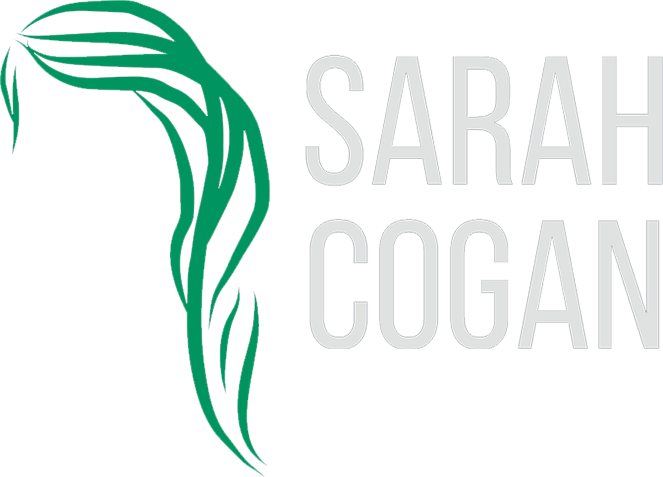Film Design vs. Production Design
Often times, when people talk about the look of a film, they simply call it Production Design. This is a misleading term because it excludes most elements that craft the overall aesthetic look of a film. Production design is the act of creating the physical spaces in which the action takes place, the containers for the story through sets, props and locations. It is not inclusive of the film’s entire aesthetic look and the other design elements. For this reason, we can create confusion about what we are actually talking about when we call our film’s look Production Design.
What is Film Design?
The term Film Design is the overall visual and audio approach to a film’s story, encompassing every visual design choice from the sets, costumes, hair, makeup, cinematography, sound, and editing. The definition of the word design is to craft a plan for others to execute. It’s the director or show runner’s job to craft the creative vision for a project then oversee and guide all design elements to a cohesive outcome. It is the delegation of our creative vision, or film’s design, through collaboration with our department heads and the producers, whose job is to help shape the filmmaker’s plan to fit into the resources and budget available to them.
If we, as the director or showrunner, don’t have a plan in place, it makes the dissemination of our creative vision difficult to achieve and enact. Even more problematically, if we aren’t able to clearly articulate our creative vision across the board, it’s possible that we will create a disconnection and lack of cohesion between the different elements. When we aren’t able to communicate out our vision clearly, our partners won’t be able to work together cohesively.
Become an expert communicator about Design
To be clear, we don’t needs to be experts at design for these conversations to occur, we just need to be an expert at communicating about our design. Becoming a strong film design communicator requires two areas of knowledge: what your intention with the overall story and its individual story beats are. What do you want the audience to walk away knowing and feeling? What are the major moments in the story for you and how do they relate to one another? What type of journey do you want to take the audience through?
What’s your intention?
Once we know our intention with the story, we can then look at how our tools, the Five Tenets of Design can be utilized to support our intentions and meanings from moment to moment in the story. The Five Tenets of Design—color, line/form, texture, scale/space, and movement—create meaning through their juxtaposition and composition over the course of our films. How are we utilizing line/form or color across our Storytelling Layers 2 through 4?
Get Crystal Clear
Your goal is to be crystal clear about your intention with the story as a whole and its individual beats. When you’re clear about where you want to go and the point of each moment in your film. How can the design elements at hand support your creative intention with your film? When looking at the images your collaborators bring you, ask yourself what do you see? If the image resonates—what is it specifically? Is it the color? The way the light hits an object? The textures of the world? If it doesn’t work, why? What is missing? What isn’t working in the image? By getting clear about these elements and
When we start to think about our film’s overall aesthetic as Film Design, we allow ourselves to start building the vision for the film as one cohesive thought rather than siloed ideas of this is costumes, this is production design, this is cinematography, etc. The different design elements require connective tissue between them all to craft a cohesive vision. If we only talk about design in terms of Production Design, we cut off the communication between the elements and solely focus on one area instead of the piece as a whole.


